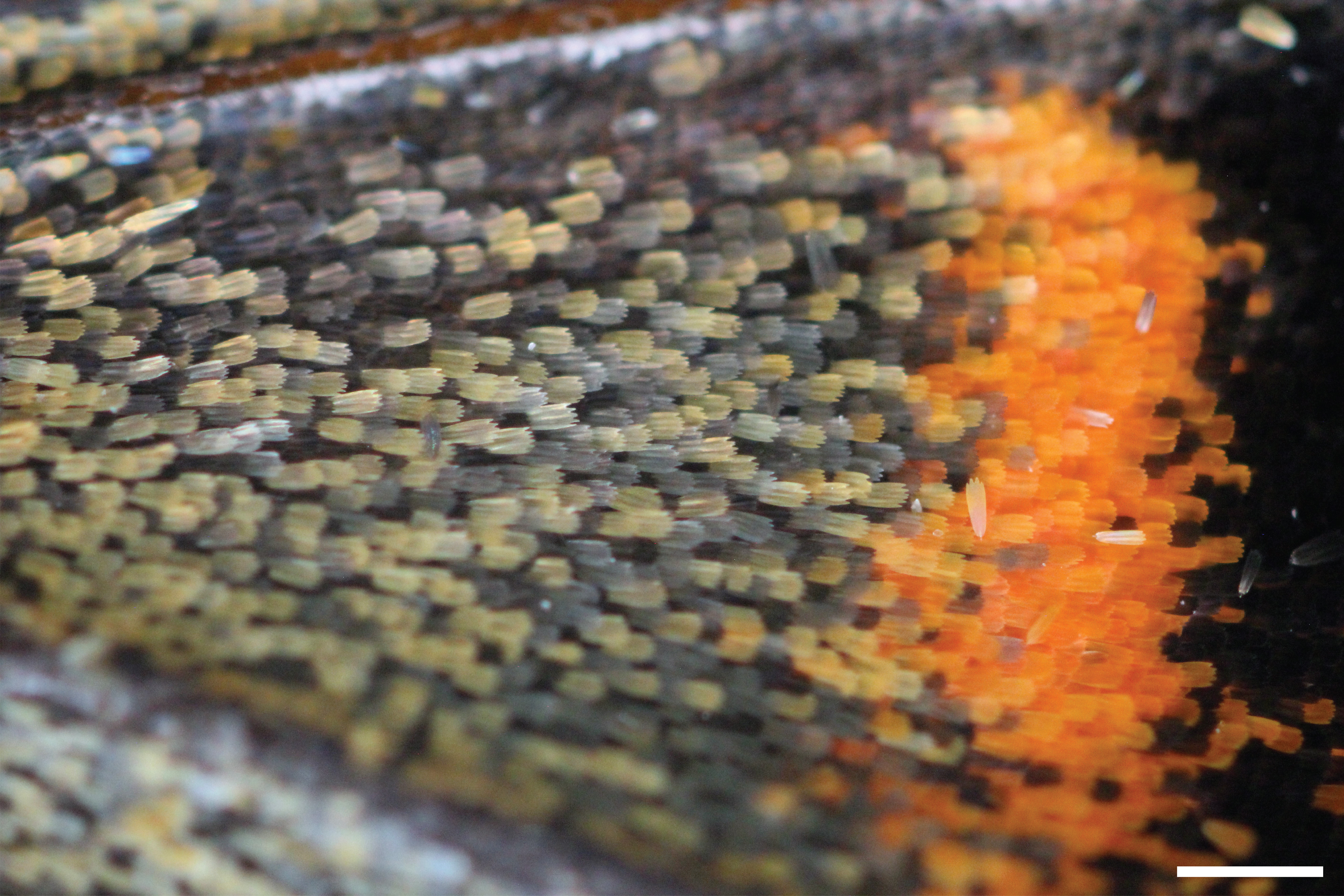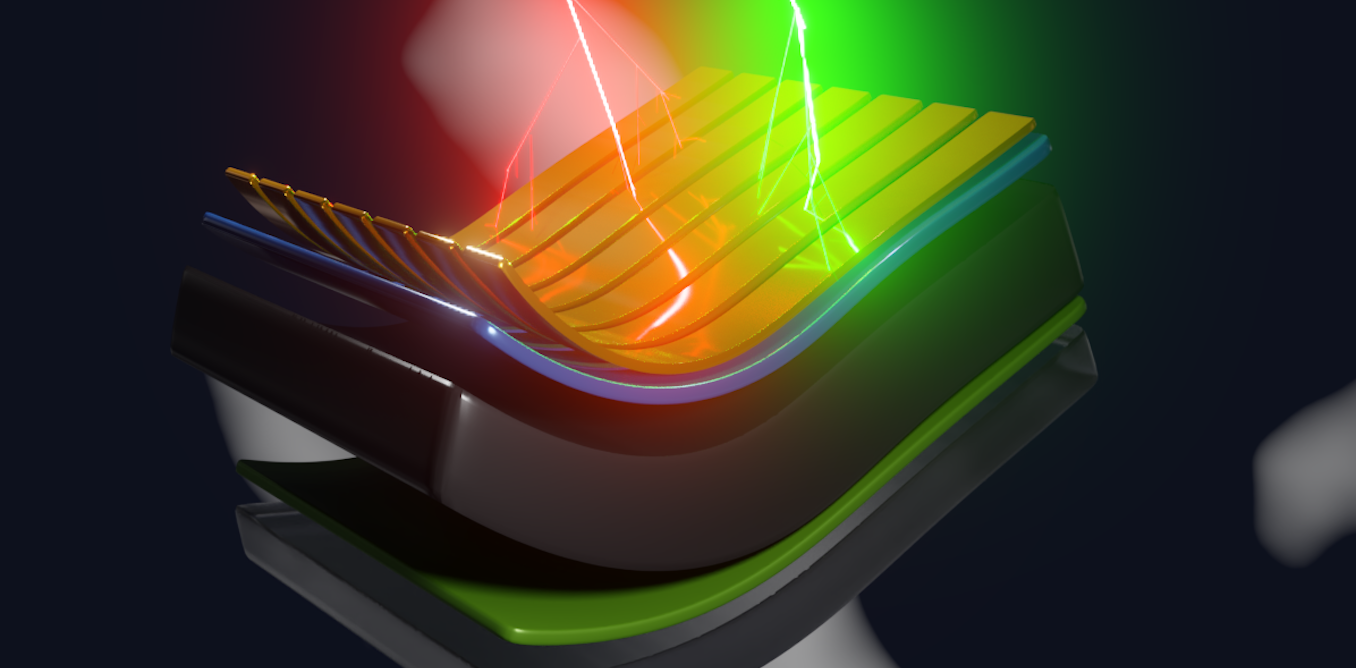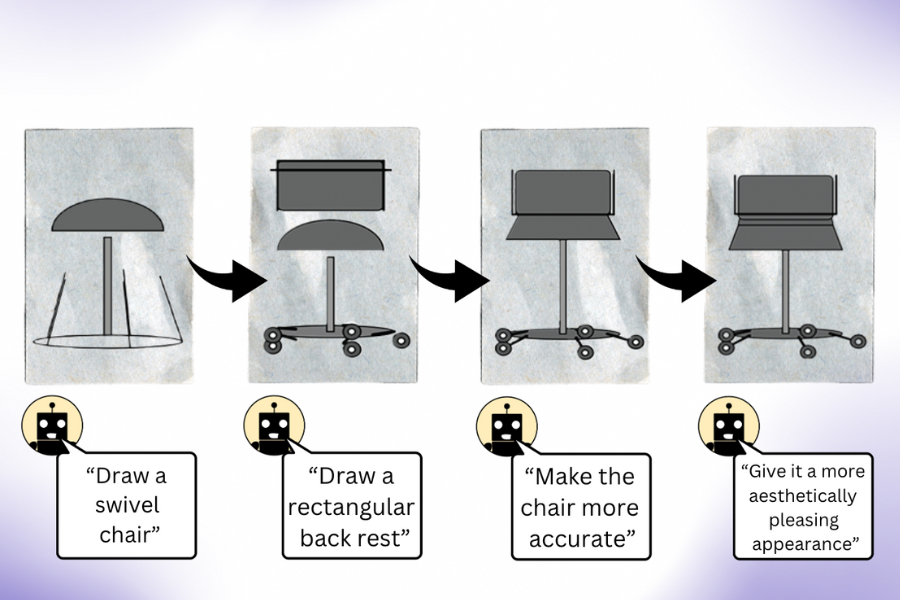The science behind splashdown − an aerospace engineer explains how NASA and SpaceX get spacecraft safely back on Earth
Safely landing a spacecraft that’s falling from the sky very quickly is easier said than done.
June 27, 2024 • ~8 min
Space radiation can damage satellites − my team discovered that a next-generation material could self-heal when exposed to cosmic rays
Spacecraft exteriors that automatically heal from radiation damage would change the game − one material shows promise.
June 21, 2024 • ~5 min
Traffic engineers build roads that invite crashes because they rely on outdated research and faulty data
A traffic engineer argues that, contrary to his profession’s view, ‘human error’ is not the main cause of deaths in car crashes in the US.
June 21, 2024 • ~8 min
Understanding the visual knowledge of language models
LLMs trained primarily on text can generate complex visual concepts through code with self-correction. Researchers used these illustrations to train an image-free computer vision system to recognize real photos.
June 17, 2024 • ~6 min
Technologies enable 3D imaging of whole human brain hemispheres at subcellular resolution
Three innovations by an MIT-based team enable high-resolution, high-throughput imaging of human brain tissue at a full range of scales, and mapping connectivity of neurons at single-cell resolution.
June 17, 2024 • ~12 min
The Hubble telescope has shifted into one-gyro mode after months of technical issues − an aerospace engineering expert explains
Hubble’s technical issues continue. But through some clever engineering, the telescope can continue operations with just 1 gyroscope.
June 17, 2024 • ~6 min
/
438









